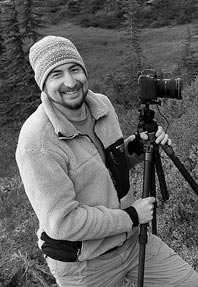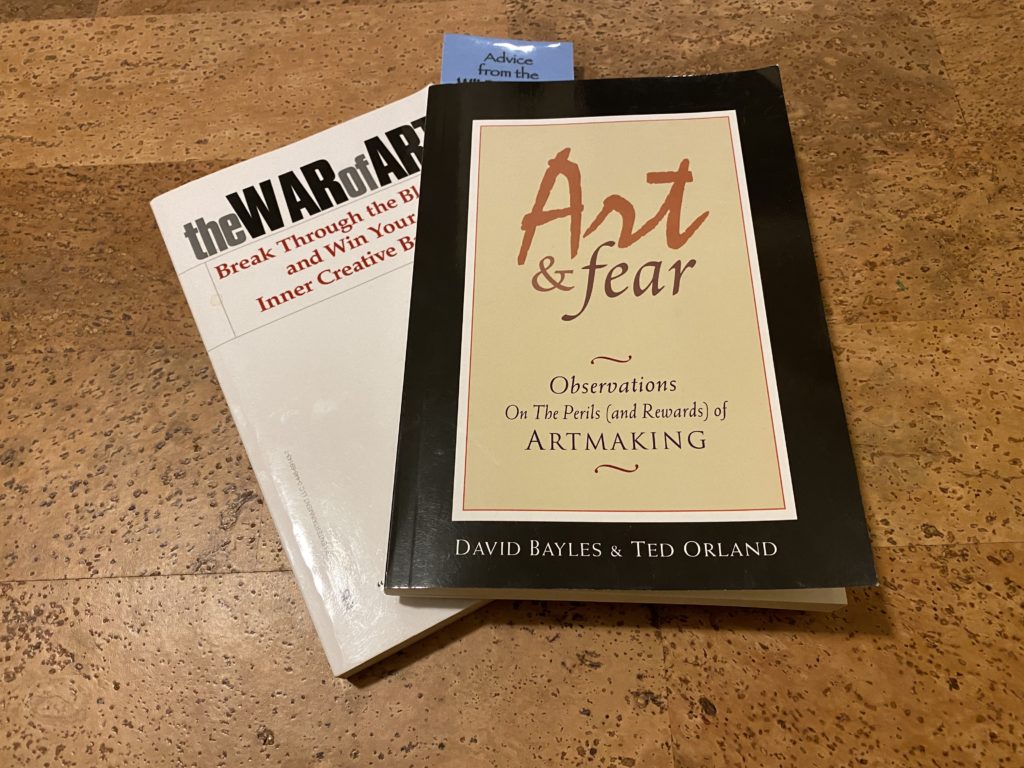With the advent of quick views, likes and comments and the enormous volume of quality photographs taken today it can be easy to feel your photography is less worthwhile than other work you see or question why you are doing it, whether you are a professional artist or a passionate hobbyist. Maybe you put a final piece out there to be seen that you love and it feels like no one saw it. Do you still love it after that experience or do you question your work based on the type of responses you get or lack thereof? Possibly you are creating work that speaks to the masses however it’s not filling your creative soul, yet you fear what others will think. Are you creating work for yourself or for broader acceptance?
These are normal thoughts and questions many of us have. Even the most confident photographer will have similar thoughts at some point along the photographic journey. While I spend a lot of time in the business world and read a variety of books ranging from motivational to how to be more productive to how to lead differently, I have not spent much time reading books in a similar vein related to producing art. While the obstacles we may encounter in the art world might be addressable through reading a typical personal development book, there is likely even more we can relate to when the book is geared towards art and artists.
Speaking for myself I can say I have experienced some of these less than welcoming thoughts in the past. While I feel confident with my work today and moved away from judging my work based on likes and shares, reading content that serves us creatives to stop and think about what, how and why we are doing what we do is a good thing. Sometimes it’s those motivational slumps that a book like this serves to breathe new light and clarity in why we photograph. Not so much that it will tell us why but rather it will help you think through why you are doing it. To be clear I am not talking about picking up a pretty photo book filled with inspiring work to contemplate these topics. While that can be helpful it serves a different purpose. I am talking about books with little to no pictures or graphics, only words.
There are certainly a number of books out there yet here are a couple of titles I want to share that I have read. Neither of these is long, you will find both fairly easy reads. If you are not into reading books then both are available as audiobooks.
Art & Fear – Observations On The Perils (and Rewards) of Artmaking (122 pages)
By: David Bayles and Ted Orland
This is the one I read most recently. Many pages I turned there was a good quotable comment to be found. These would be lines to sit there and reread as it got my brain thinking in how it relates to me. From our personal fear of simply getting started creating art, to finding reasons to quiet, to questioning our routines and process, you will find these areas covered and much more. I really liked this book.
One thought-provoking highlight was the story of an art teacher that divided the class into two groups. One group would be graded on quality to produce only one item and the other group would be graded on quantity to produce as many as they could. Do you know which group produced the best work and why? You will have to read it to find out.
Here is one of the many lines that stuck for me in this book: “Artists quit when they lose the destination for their work – for the place their work belongs”. This is very true. We all need a destination for our work whether it’s for personal enjoyment or more grandiose visions. If you have any fear about getting started or continuing your artistic pursuits, photography or otherwise, this book will likely help you ponder the direction you want to take and knowing all that you are thinking and feeling is quite normal.
The War of Art – Break Through the Blocks and Win Your Inner Creative Battles (190 pages)
By: Steven Pressfield
This one while it has the word art in the title and definitely relates to artists, in my opinion, can definitely apply to the careers many of us have outside of art. In fact, it was a co-worker at a software company years ago that mentioned it to me and they were not an artist. Most of the book focuses on the topic of resistance. The first part covering what it is with the many forms it can take and then going into how to overcome it in the second half. The ability to overcome resistance can lead to being more productive with the work we do. Steven Pressfield also authors other books on similar topics yet I have not read those.
This is more of a “Just Do It” book than say Art & Fear yet still a worthwhile read. It does a good job coming up with many excuses (aka resistance) that we come up with for not producing or pushing ourselves to be the best we can be. One quote that sticks out, of the many this book too, is this one: “The best and only thing that one artist can do for another is to serve as an example and inspiration”. I feel this is spot on. I find inspiration in the work that other artists do all the time. I am glad these artists did not succumb to any resistance that stopped them from doing what they do or they wouldn’t have produced the photos, presentations, articles, etc that provide inspiration to the rest of us.
These two books are like most professional development books in general in regards to what you will get out of it. You will likely find some parts more interesting and applicable than others. It will be up to you to determine what is helpful based on where you stand in the artistic journey. While reading books like these can certainly be beneficial, we need to remember the best way to creating art, and improving our work, is simply spending the time doing it. If you love what you do and you do it for the right reasons it will only be a win in the end regardless of who you are producing it for.
Do you have other books you have read on this topic that are good reads as well? Please feel free to share them.

Location: Portland, OR
Website: www.adrianklein.com
Adrian Klein has a passion for the outdoors and landscape photography that is endless. He has traveled the parks, shorelines and wilderness capturing images that represent each area through his own artistic eye from the curbs to the far off trails.


Recent Comments